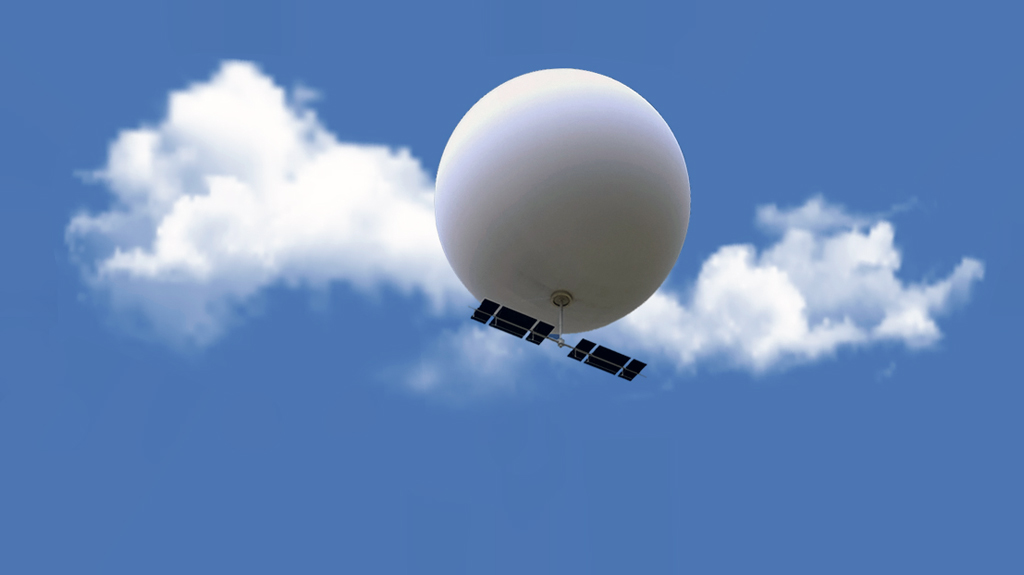
Just days after President Biden ordered the spy Chinese balloons to be shot down, another suspicious one flying over Canada was brought down by US Jet in what appears to be a proliferation of airborne military intelligence gathering between the USA and China.
China’s spy balloon was spotted ahead of US Secretary of State Antony Blinken’s trip. The balloon entered US airspace over Alaska on January 28, before drifting over Canada and then back into the US. A US fighter jet shot the balloon down in what China described as an ‘obvious overreaction’ by the US military.
But what are these spy balloons and how do they work?
Here’s what you need to know about spy balloons – from how they work to why they’re being used as an alternative to satellites.
Experts say spy balloons have sensors, radar, and multiple cameras pointing down at Earth’s surface. These could have powerful zoom and infrared capabilities to see in the dark.
They provide an alternative surveillance option to satellites, which are at a higher altitude in low or medium-Earth orbit. These spy balloons have high-tech equipment attached, including cameras and sensors.
How Do They Work?
Spy balloons contain a gas such as a hydrogen and helium that help them float with the wind, but US officials said this balloon had propellers to help steer it. The Pentagon said the balloon was maneuverable and showed it could change course. Spy balloons typically operate higher than commercial airplanes or even fighter jets and spy planes.
What Spy Devices Would The Balloons Have?
The surveillance balloons are equipped with cameras, sensors, and radars, powered by solar panels.
Sophisticated cameras allow them to take photographs of what’s down on the Earth’s surface, potentially with powerful zoom capabilities.
Cameras can see outside the visible spectrum, allowing them to observe at night. If it’s nighttime, a camera operating in the visible part of the spectrum is not going to show you anything – it’s all going to be dark. But an infrared camera can pick up things from the heat in the dark.’
The US was concerned because the balloon loitered over sensitive areas of Montana where nuclear warheads are siloed.
China insisted it was a weather surveillance aircraft, but according to the US, it was carrying equipment in the pod under the balloon that is not usually associated with standard meteorological activities or civilian research.
Is The Space Balloons Dangerous?
The Pentagon said on Thursday evening that the balloon was not a military or physical threat – in other words, it was not carrying weapons.
However, it’s thought the primary danger to the US was potentially compromising the secrecy of sensitive sites.
Why Is China Using Balloons When It Has Satellites?
Balloons are likely cheaper and easier to launch than satellites, which tend to require a launch from a rocket.
China may also be wanting to demonstrate to the US that it has a host of technology options when it comes to surveillance, but there may be other explanations for the bizarre episode. Reacting angrily to the US decision shooting down the balloon may also help China by providing moral or political leverage.
As one of the most closely monitored spaces in the world, one wonders why the Chinese decided to openly allow the spy balloon to roam freely amid a tension-packed frosty relationship the nation has with the US. A mission of provocation or a reminder that Beijing and Washington’s deep-rooted divide will not be sealed anytime soon?
Read More on 10 Most heavily Guarded Places In The World





